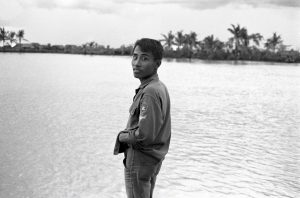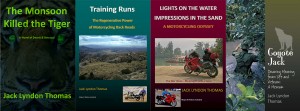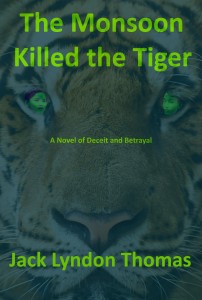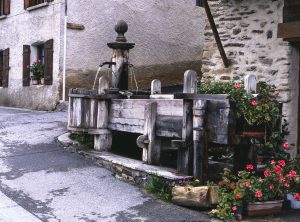Over the years I’ve had lots of therapy and have read several books about PTSD–the triggers, the brain-rewiring possibilities–and consider myself a reasonably informed layman. One of the most interesting works I’ve read is Trauma and Recovery by Judith Herman, M.D. The initial copyright was 1992 and the version I read added a 2015 Epilogue. The author devotes a good chunk of her book comparing the effects of PTSD on both combat veterans and rape victims.
Roughly a year ago a close family member revealed she/he had been raped over ten years ago but was reluctant to come forward due to lack of witnesses and personal shame and self-degradation. (I’m a combat vet with a 50% VA disability.) As I listened to his/her story unfold, I was struck by the similarities experienced by each of us, including the length of time before the impact of the trauma surfaced. I can talk to and relate to that family member and other combat vets about PTSD but find it very difficult to discuss it with other family members.
I love and respect my family. All immediate males have served this country as officers but due to circumstances only one has seen combat. I don’t think they are ashamed of me or see me as weak; I believe it’s difficult for them to relate because they don’t understand PTSD (like a rape victim or car-wreck victim with internal injuries).
My point: It is difficult to come forward.
Regarding the current Kavanaugh hearings, either one or both of the parties is lying or either one or both of the parties has a severely impaired memory. I hope the truth comes out.





